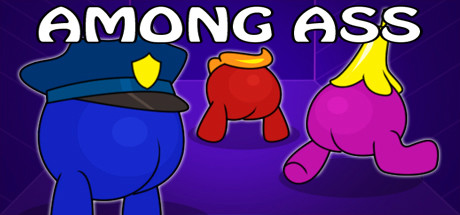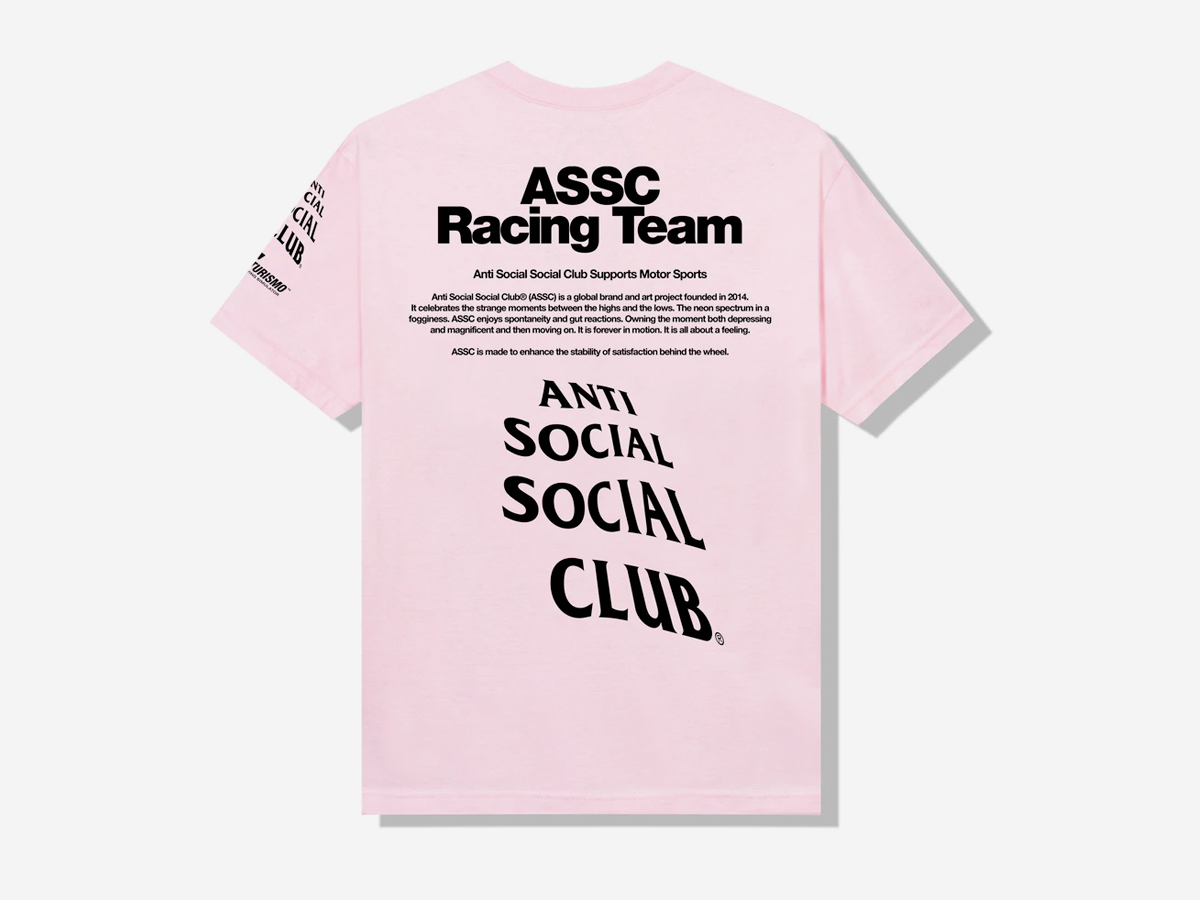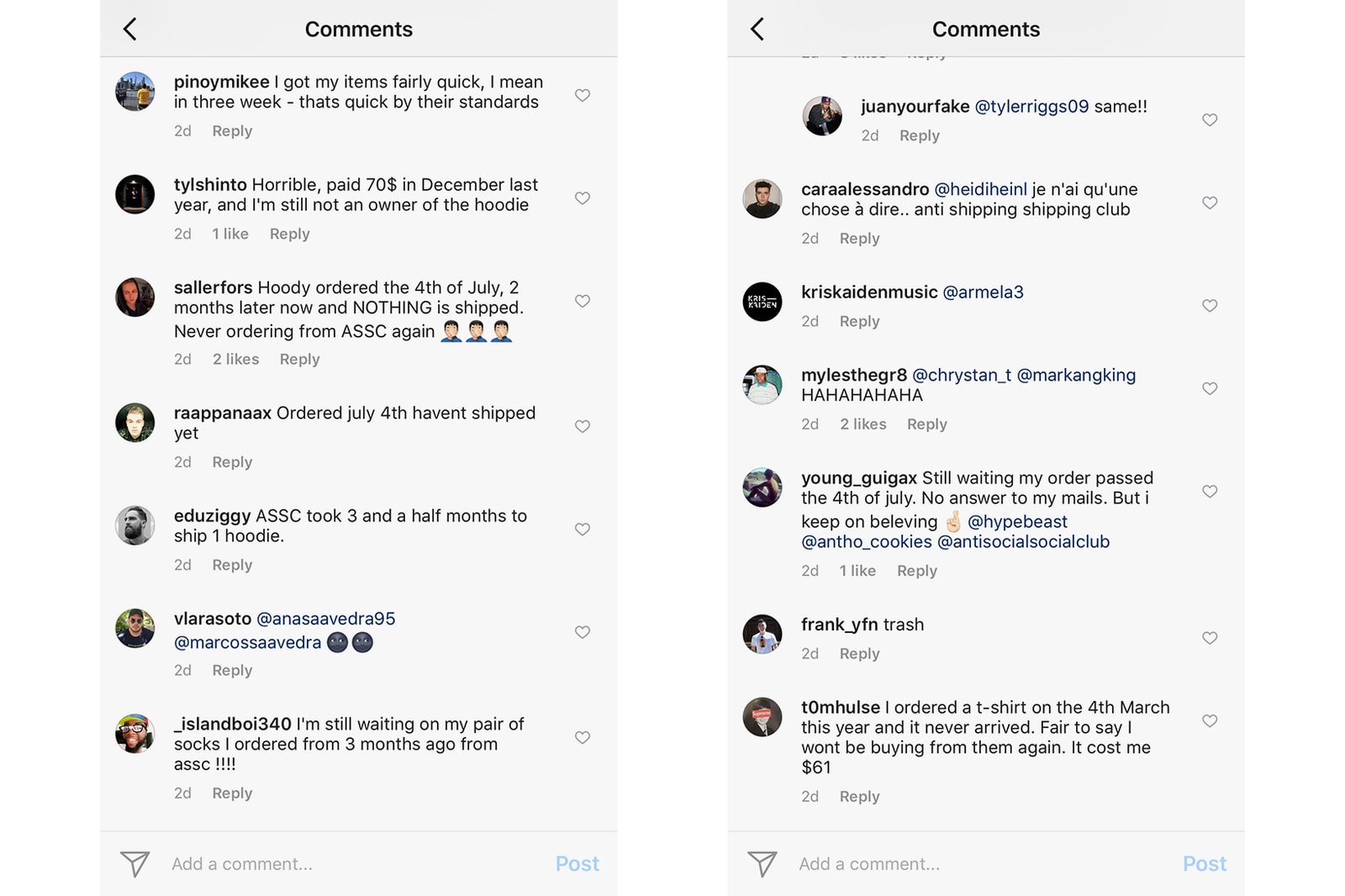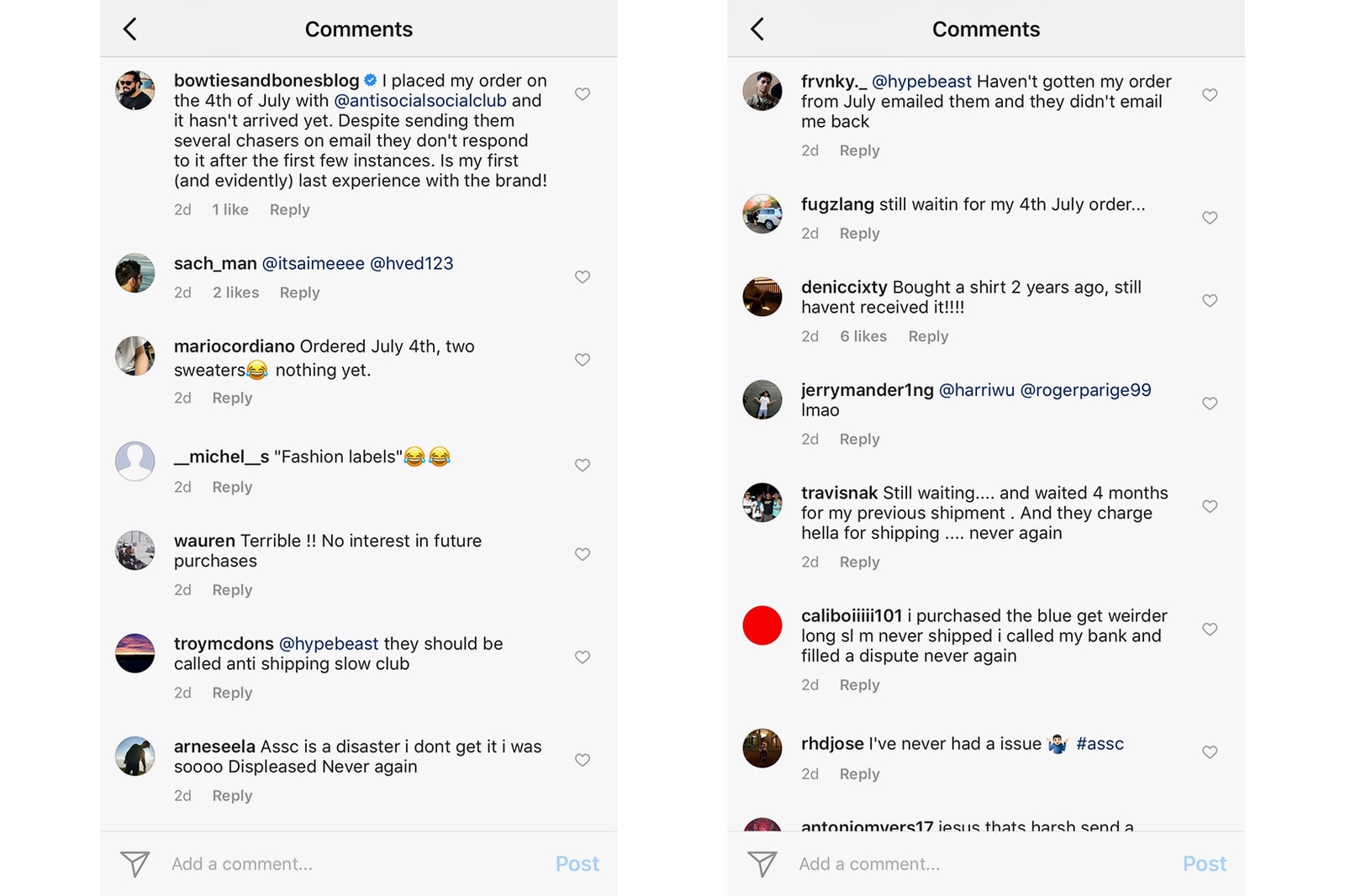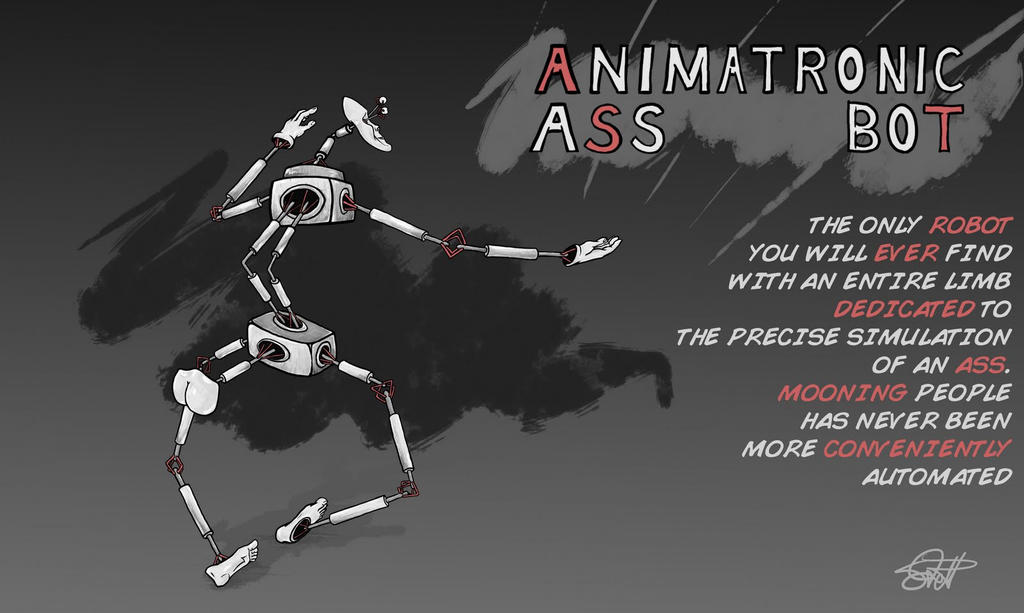ANTI SOCIAL SOCIAL CLUB【アンチソーシャルシーシャルクラブ】ASSC x BT21 COLLAB BLENDED BLACK SWEAT HOODIE / BLACK @22000 /【Buyee】 "Buyee" Japanese Proxy Service | Buy from Japan! bot-online

New ASStoken Discord https://discord.gg/MbPWR8s Earn ASS Tokens from banjo Tip bot, we will make it rain Doge and ASS in the ASStoken discord! - @ackza - Steem - GoldVoice.club


